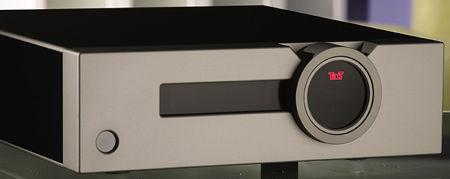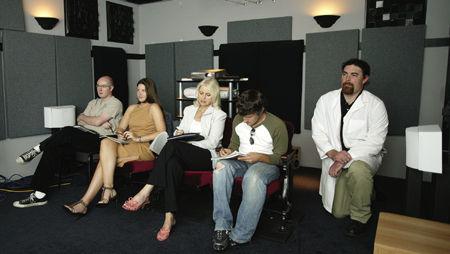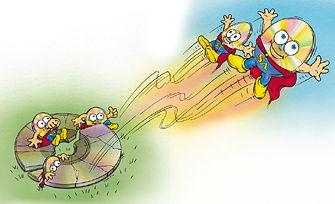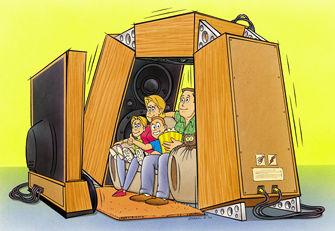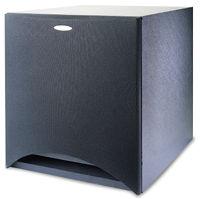Chris Lewis
Sort By: Post Date | Title | Publish Date
|
Nov 07, 2004 |
Published: Nov 01, 2004
|
Dec 15, 2004
|
May 09, 2002 |
Published: May 10, 2002
|
Sep 04, 2001 |
Published: Sep 05, 2001
|
Nov 07, 2004 |
Published: Nov 01, 2004
|
Dec 27, 2000 |
Published: Dec 28, 2000
|
Feb 02, 2002 |
Published: Feb 03, 2002
|
Feb 24, 2003 |
Published: Feb 25, 2003
